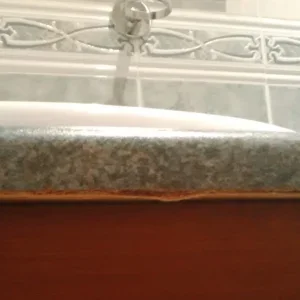During the Christmas holidays, my wife’s mother told me about her visit to the Solar boat museum next to the Great Pyramids of Giza.
The Solar boat was built more than 4,600 years ago to ferry the body of Pharaoh Khufu to its resting place. It was then dismantled and buried in a pit on the southern side of the pyramid, where it rested until discovered in 1954.
The Solar boat was painstakingly reassembled and finally installed in a purpose-built museum in 1968. All 1,224 pieces of cedar and acacia that make up the boat are either keyed or stitched together with natural fibre rope; there are no nails, screws or glue.
This is fascinating, but the most impressive aspect is that this wooden boat has survived in an almost perfect state for all these years. No special treatments had been applied to the wood – it was preserved because of the dry, warm climate.
Water is the key. Without it many chemical reactions that are part of the normal breakdown processes of natural materials slow significantly or stop altogether.
Therefore, if we want to make long-lasting wood based composites, and by long-lasting I mean hundreds of years if kept indoors or tens of years if outside, then we need to either ensure somehow that the wood in the product always remains dry, or, reduce wood’s affinity for water.
An impermeable coating is unlikely to work or be practical because of the need to cut, shape, screw and nail composite products. All these processes would break the seal and allow water to enter and once it is in, the impermeable coating will trap the water in the product and thereby accelerate its breakdown.
A chemical modification of the wood so that it becomes hydrophobic and self-sticking would be very interesting.
Particles and fibres have high surface area to volume ratios so if their surfaces were modified so that they were hydrophobic, but self-sticking, then composites with a very uniform level and distribution of modified material could be made. There has been much progress in the chemical modification of wood over many years, but a one-shot commercial process has still to be developed.
Even today’s particleboard and fibreboard can last a long time. A study conducted by the Buildings Research Establishment in the UK showed that particleboard which had been stored for 40 years had the same mechanical properties as when the samples were originally tested. So if, by some chance, a piece of particleboard made today were to be found some 4,600 years later, will our successors be intrigued by the intricate way we laid down each particle?






